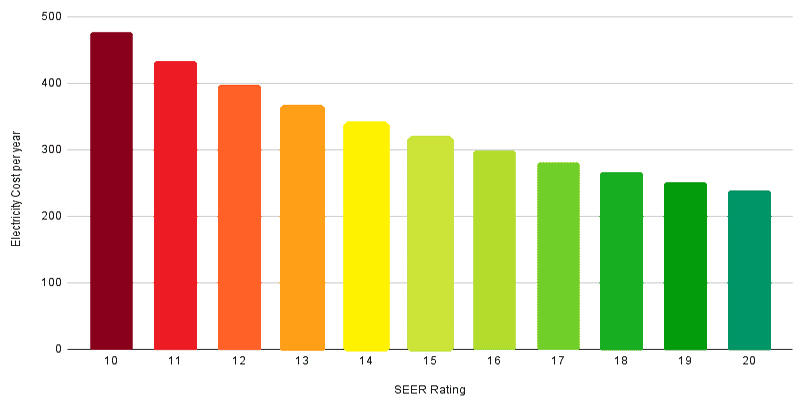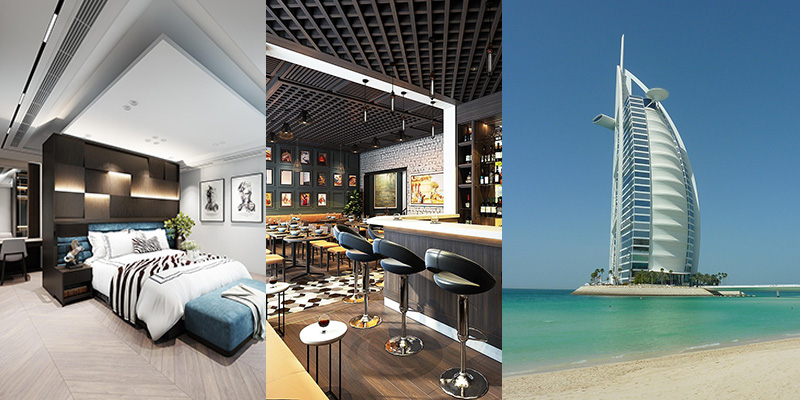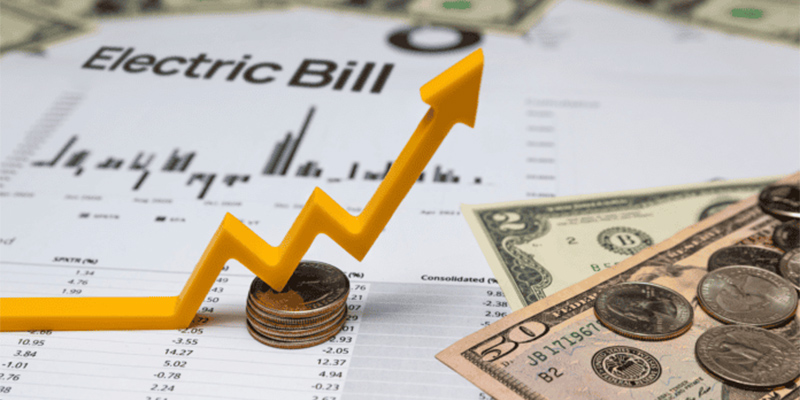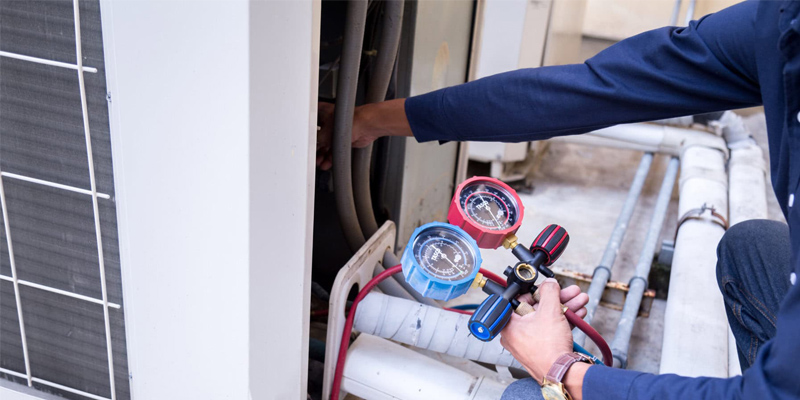The Higher The Seasonal Energy Efficiency Ratio (Seer), The Better The Air Conditioner It Will Be?
When choosing air conditioners, many customers will see a label with a SEER value. While the salesman would stress that the higher the SEER, the more energy-saving the air conditioner will be. But is the higher SEER a better option? Now we are showing you the facts behind it and helping you select the air conditioner more scientifically.
I. What is SEER?
SEER, fully named Seasonal Energy Efficiency Ratio, is used to measure the average energy efficiency level of an air conditioner in one cooling season.
Calculation formula:
SEER = Total annual cooling capacity (BTU) ÷ Total annual electricity consumption (Wh).
The higher the SEER value, the better the cooling effect of the air conditioner in the unit power consumption and the better the energy-saving performance.

II. Is a higher SEER necessarily better?
From the perspective of energy saving, it's true that higher SEER saves more electricity, but it depends on several factors:
Advantages:
Lower electricity cost
High-SEER air conditioners will consume less electricity in long periods of operation, making them suitable for regions with high temperatures or long-term usage, such as the Middle East and Southeast Asia.
More Eco-friendly
Higher energy efficiency means less emission of carbon, which applies to the policies toward environmental friendliness and energy saving in European and American regions.
Easier to pass export certification
CE, GCC, ISO, and other certificates are all included with energy efficiency estimation. Air conditioners with higher SEER will be more likely to pass the tests and acquire the market access.
Notes:
High SEER ≠ the most energy-efficient in actual use
SEER value is tested in standard working conditions, while the actual using environment, installation, and the indoor heat burden will all influence the energy-saving effect.
Higher cost on the air conditioners
High-efficiency air conditioners are normally adapted with a full DC inverter system, an excellent compressor, and a high-efficiency heat exchanger, combining to create a higher initial cost. It needs to weight the cycle of investment feedback based on the budget.
High requirements for maintenance
High-efficiency systems have high requirements for maintenance, cleaning, and installation, which are necessary to inspect regularly in the long-term use to maintain the working efficiency.
III. How to select a cost-effective air conditioner with high SEER?
Normal household users:
We recommend choosing an air conditioner with a SEER between 15 and 18, considering initial cost and energy-saving performance.
Commercial/long-term operation scenarios:
Offices, canteens, and breeding farms can choose SEER 20+ air conditioners with low operation costs, which is considerable in long-term energy savings.
Export enterprises/dealers:
It is necessary to focus on the local compulsory requirements of energy efficiency if exporting to the Middle East and Europe markets, such as SASO, SEER >= 13, EU ERP standard, etc.

IV. SEER advantages of KRG air conditioning products
- As a professional exporting brand in air conditioners, KRG provides a series of products from SEER13 to SEER25+, meeting different energy efficiency demands in various markets:
- We support several international energy efficiency certifications, such as GCC, ISO, CE, CQC, ROHS, and ect.
- We provide T1/T3 air conditioner solutions for high-temperature regions.
- Our products apply to various scenarios: household, commercial building, farming, etc.
- We can customize high-efficiency air conditioners that meet energy-saving project bidding requirements
It is true that SEER is the key index to weigh the energy-saving performance of air conditioners. Whether the higher SEER product is much better, it needs a comprehensive evaluation based on actual demands, operation environment, and the budget. Only by choosing a proper and suitable SEER value can we achieve energy savings, environmental friendliness, and the maximization of long-term value in a real sense.

